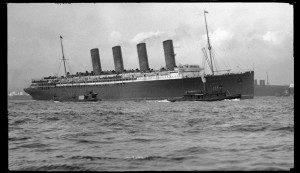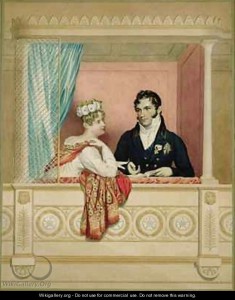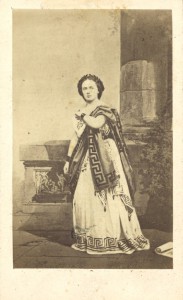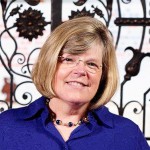
On this Memorial Day Weekend every city, town, and village in America will have its commemoration. At NEHGS and AmericanAncestors.org, we are continually inspired by the annual Memorial Day installation that takes place on the nearby Boston Common, just blocks from our headquarters in Back Bay.
On a slope of the Soldiers & Sailors Monument, more than 37,000 flags are waving in a garden of red, white, and blue in tribute to the active duty military casualties from the Commonwealth of Massachusetts recorded since the start of the Revolutionary War. It’s a dramatic reminder that here in the U.S. we’re privileged to be living in “the home of the free – because of the brave.”
Whether in Massachusetts or throughout the nation, undoubtedly there’s someone on your family tree who will be remembered in gratitude on this Memorial Day. Continue reading A garden of red, white, and blue






